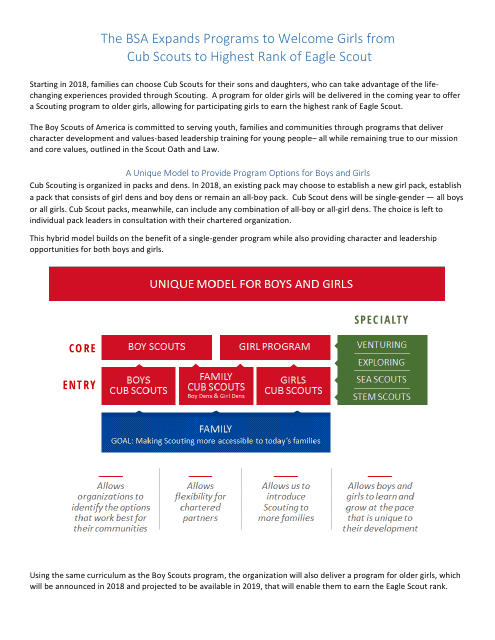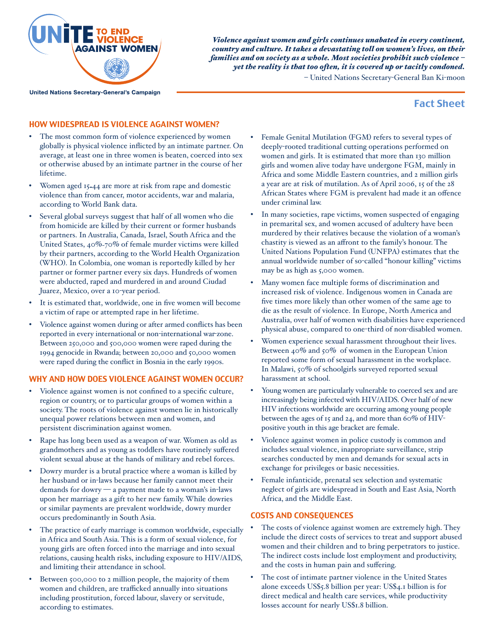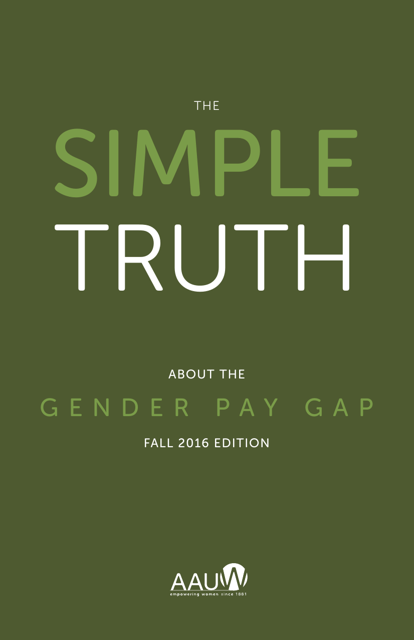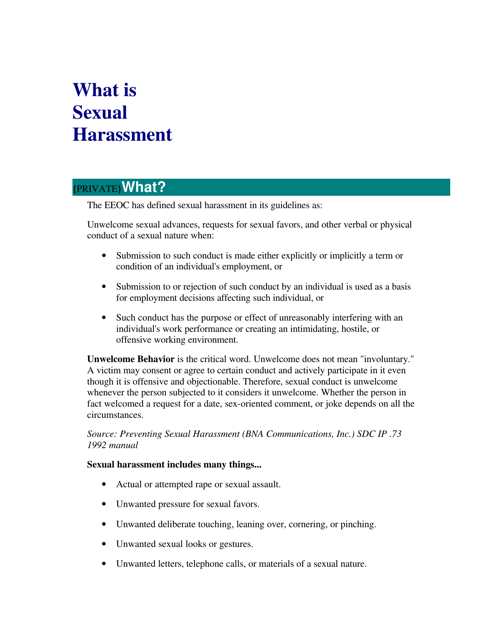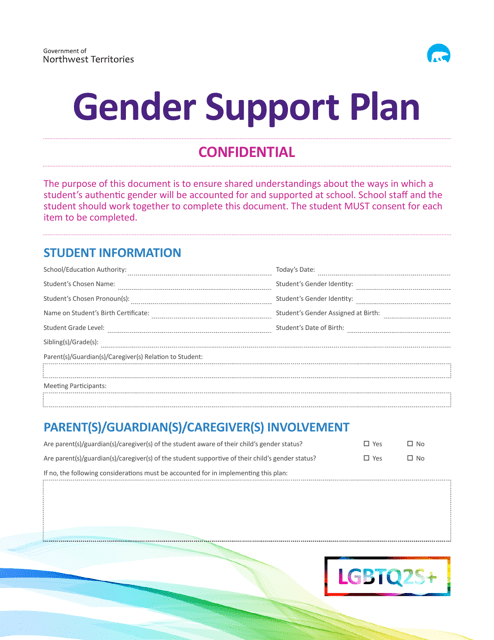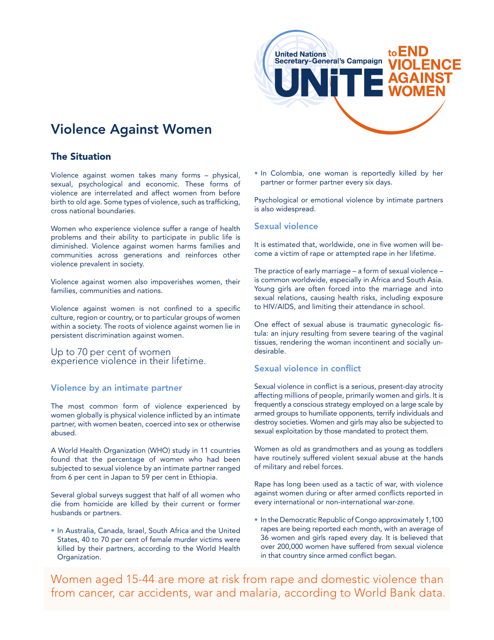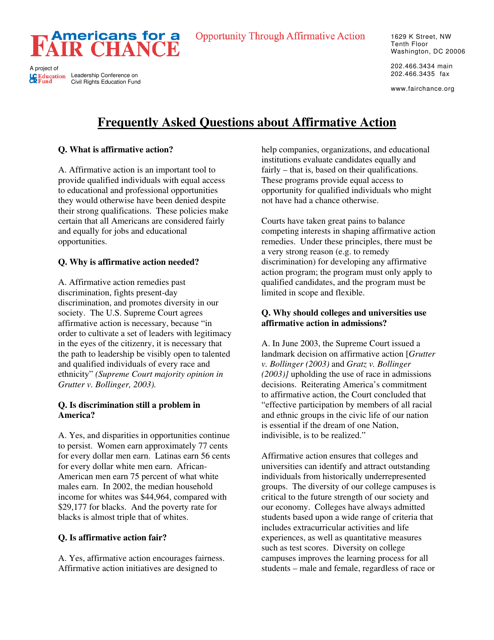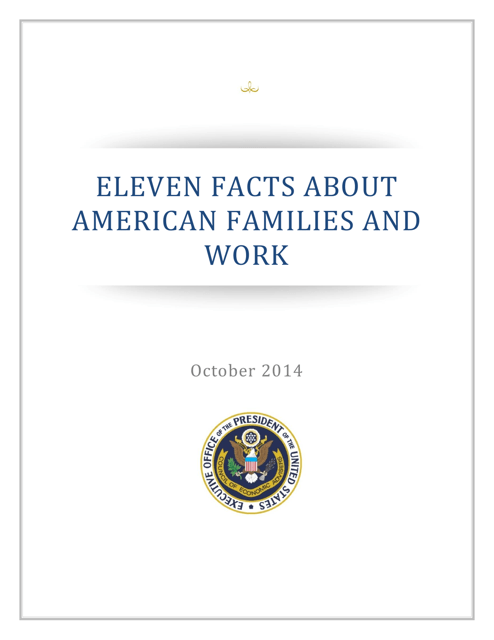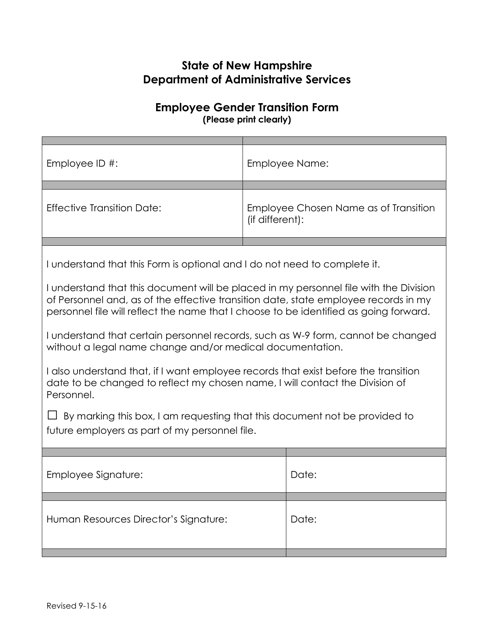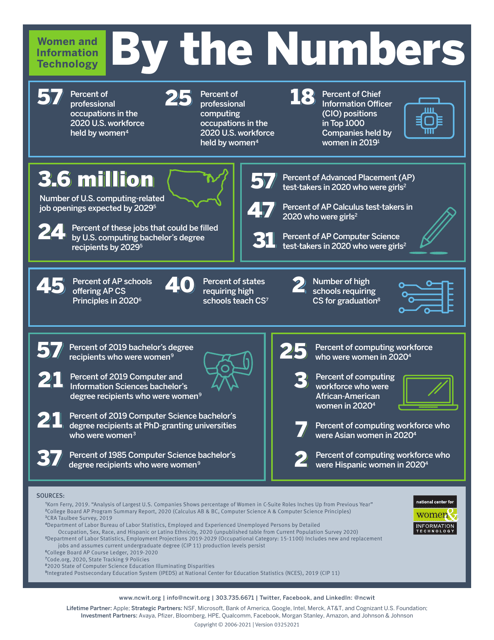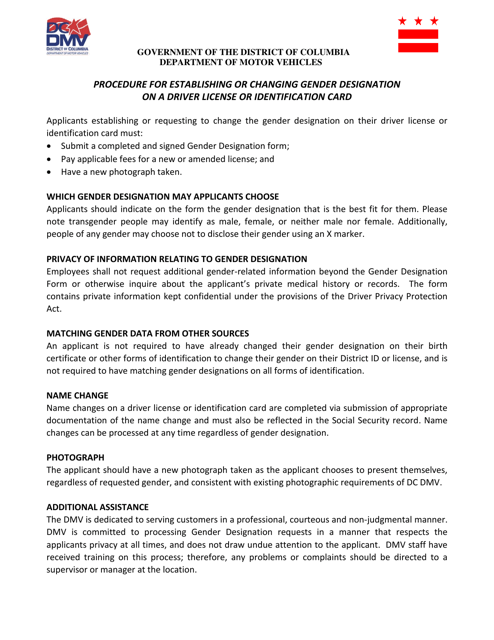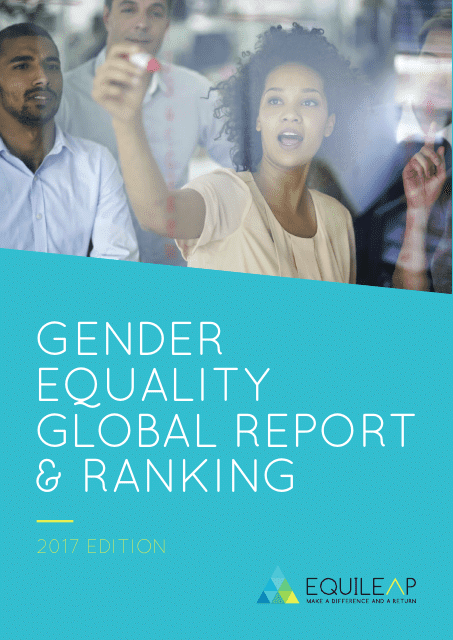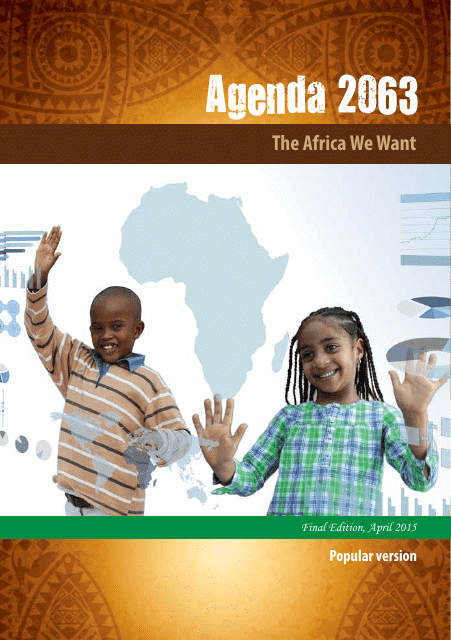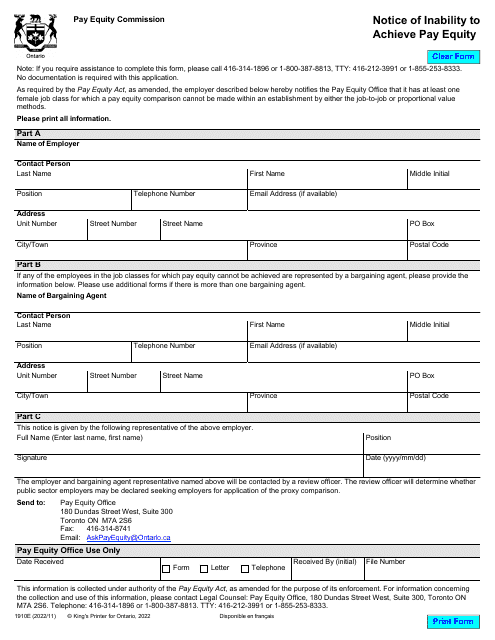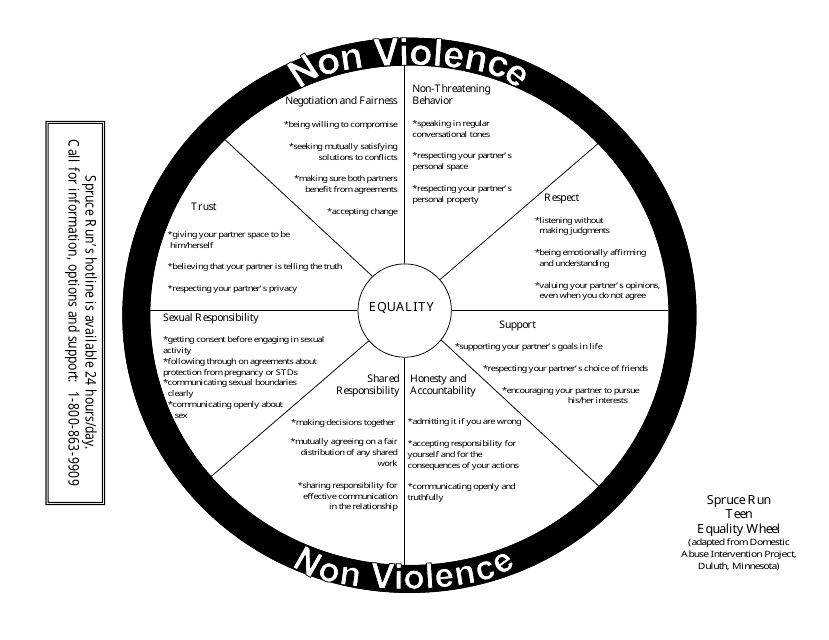Gender Equality Templates
In today's world, promoting gender equality is of utmost importance. It is essential that everyone, regardless of their gender, has equal opportunities and rights. Gender equality not only benefits individuals but also contributes to the overall progress and well-being of society as a whole.
At the forefront of the gender equality movement are numerous documents and initiatives aimed at creating a more inclusive and equitable world. These resources provide valuable information, guidance, and support for individuals, organizations, and governments striving to achieve gender equality.
Some of these documents include the "Gender Equality Global Report and Ranking," which provides a comprehensive assessment of gender equality progress and challenges worldwide. This report serves as a valuable tool for policymakers and advocates, offering insights and recommendations for creating more equitable societies.
Additionally, organizations such as the BSA (Boy Scouts of America) recognize the importance of gender equality and have expanded their programs to welcome girls, providing them with the same opportunities as their male counterparts. This step towards inclusivity not only promotes gender equality but also encourages young girls to develop crucial life skills and leadership qualities.
Violence against women is a grave issue that hinders progress towards gender equality. The document "Violence Against Women - Unite" sheds light on this pressing matter, bringing attention to the need for prevention strategies, support systems, and legal reforms to combat gender-based violence.
In the realm of employment, some documents such as the "Employee Gender Transition Form" and the "Gender Self-designation Form" focus on providing resources and guidelines for ensuring a smooth transition and recognition for individuals undergoing a gender transition in the workplace. These documents play a crucial role in promoting inclusivity and eliminating discrimination in professional settings.
Gender equality is not just a buzzword; it is a fundamental human right. The various documents and resources available on this subject are invaluable tools for understanding, advocating, and working towards a more equitable world. By utilizing these resources and implementing their recommendations, we can make significant strides towards achieving gender equality in society.
Documents:
17
This document provides a template for creating a Sample Affirmative Action Plan. It outlines steps and strategies that organizations can use to promote diversity and inclusion in the workplace.
This document is about the Boy Scouts of America (BSA) expanding their programs to allow girls to join, from Cub Scouts all the way up to earning the highest rank of Eagle Scout.
This document provides information on the importance of ending violence against women and the initiatives taken by the United Nations to address this issue.
This document provides clear and concise information about the gender pay gap in the United States, offering insights and statistics from the American Association of University Women. It aims to educate and raise awareness about the ongoing issue of unequal pay between men and women.
This document provides information on what sexual harassment is, as defined by the United Nations. Learn about different forms of sexual harassment and its impact.
This document outlines the Gender Support Plan in Northwest Territories, Canada. It details the measures and resources in place to support individuals of all genders.
This type of document addresses the issue of violence against women and emphasizes the need for unity in promoting awareness, prevention, and support for survivors.
This type of document provides fact sheets about affirmative action, which is a policy aimed at promoting equal opportunities for historically marginalized groups in employment and education.
This document provides eleven interesting facts about the relationship between American families and work. It explores topics such as parental leave, work-life balance, and the gender wage gap.
This Form is used for employees in New Hampshire who are transitioning genders and need to inform their employer.
Women and Information Technology by the Numbers - National Center for Women & Information Technology
This document provides statistical information on women's participation in the field of information technology. It highlights the current number of women in IT and explores various demographic factors that may contribute to the gender imbalance in the industry.
This form is used for individuals in Washington, D.C. to self-designate their gender identity.
This document provides a global report and ranking on gender equality across countries worldwide. It offers an assessment of how different countries are progressing towards achieving gender equality and highlights areas of improvement.
This document provides a global report and ranking on the topic of gender equality. It offers insights and analysis on the progress and challenges involved in achieving gender equality across different countries.
This document outlines the vision and goals for Africa's development by the year 2063. It encompasses areas such as economic growth, regional integration, cultural identity, and sustainable development.
This form is used for reporting any inability to achieve pay equity in Ontario, Canada. It is required by employers to notify the Ontario Pay Equity Commission about any discrepancies in pay between male and female employees.


